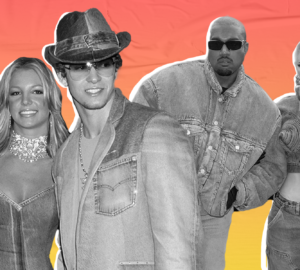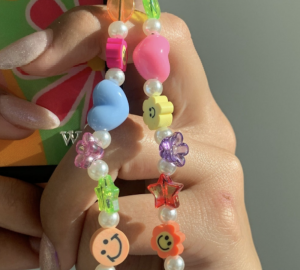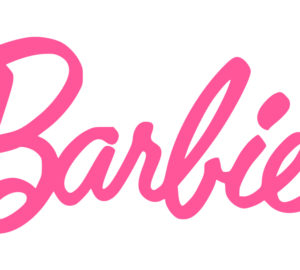From Barbie to Zombie: The drama queens of the 2000’s doll market
When you think back to the fun you had in your childhood, what comes to mind? Rooming the playground with your friends? Family vacations to faraway places? Maybe perhaps dolls?
PLS TAKE ME BACK EARLY 2000s DOLL WEBSITES IM SORRY<< IVE CHANGED
— David (@DavidzDollz) August 16, 2022pic.twitter.com/8bFguoXCDx
If you grew up in the early 00s, there’s a high chance that plastic princesses ruled your playtime. Many of the most famous lines today either began in the 2000s, were being reformed in the 2000s, or have clear inspirations from the period. Fashion dolls in particular are having a huge reassurance. With multiple new lines fighting for the crown of the new queen bee. As well as many lines, such as Bratz and Monster High, running back to the shelves for a new generation of children. However, this return has not been ceremonious. Many fans of the original lines have expressed their frustrations with the decisions being made by the higher-ups. Mainly with decisions that they feel do not truly embody what made these characters iconic in the first place. But are there grounds for their dismay, or is this a classic case of adults being upset their hallmark of childhood is no longer made with them in mind?
A Battle Fit For A Queen
Our tale starts at the turn of the century. During this time there was one clear ruler: Miss Barbara Millicent Roberts. Although all was not calm in the kingdom. Mattel, the company that owns Barbie, was struggling to find the same levels of sales she experienced in the 70s and 80s. Kids had become weary of Barbie and wanted something new, however, Mattel did not know exactly how to incorporate those new ideas while keeping to the standard set by the brand. During that time, Barbie had always partaken in trends, but she had done so in a quasi-conservative manner. Effectively not upsetting any parents too much. These limitations began to frustrate employees at Mattel, including one Carter Bryant, who left the company in 1998 and returned to his hometown.
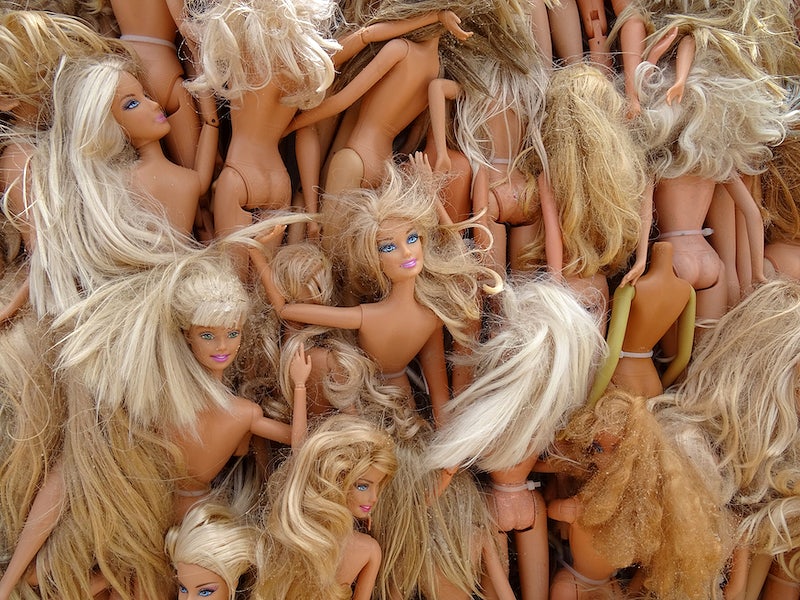
Bryant knew he wanted to create his own doll line and had many prototypes on the drawing board. He wanted to capture the zeitgeist of the 21st-century girl. In his head, she has the personality and interests appropriate for her age but aesthetically aims to recreate what she sees in magazines and on television. She’s a little vain and self-oriented, but only in the sense that she knows what she wants and isn’t worried about what you think that says about her. In essence, she’s bratty but doesn’t care that she is. Push a little forward to 1999, and he sees a Steve Madden ad where the models have their heads photoshopped to be enlarged, as well as their shoes. And it was this that gave him the final push for his largest creation.
Steve Madden ad, 1999 pic.twitter.com/GouNuqwarK
— ꒰ა♛໒꒱ (@hfbratz) February 4, 2022
In May of 2001, MGA and Carter Bryant released the first edition “Cool Bratz” line. It introduced the brand’s four main characters, as well as insights into their personality. And this was massive, making it the first line to rival Barbie in decades within just its first year of production. The dolls were immediately preferred for some very key reasons. For one, they were younger seeming than her, and as such kids felt like they could relate to the Bratz girls more. Secondly, there were multiple dolls all with different races and personal styles. And finally, they were hip and paid closer attention to following fashion trends of the times.
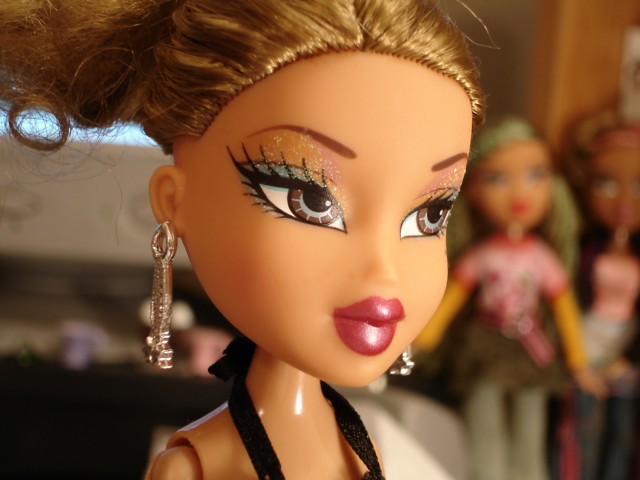
Mattel knew they had to retaliate and came up with three attacks. The first was to sue MGA and Bryant, claiming that he came up with the idea while working for Mattel, so therefore Bratz is a Mattel property. Second, they released My Scene in 2002, which was a very obvious copy of Bratz and only resulted in MGA suing Mattel back. And the third was to lean heavily into the Barbie straight-to-DVD release movies. This proved to be the most effective at first, until the “Bratz: Rock Angelz” film was released in 2005, proving again the Bratz girls were worthy competitors.
maybe watching barbie movies will fill the empty void inside
— ☆ eva (@catpuccinocals) November 6, 2022
This fight was truly on the level of the crusades. Both parties was determined to outdo the other, which was only great for fans, as both put out their best content to date. Barbie was embodying the core non-assuming girlboss attitude of previous eras while giving the masses many movies with many different dresses. Whereas Bratz was pushing the envelope for what was deemed appropriate for children, as well as innovating how much quality was put into fashion doll productions. This feud also resulted in other lines trying to join the fight. However, no doll brand could compare to them. Which is why the next challenger had to come from the undead.
A New Challenger
In 2007 a member of Mattel’s package department Garett Sanders pitched a doll idea to the higher ups. This line would focus on a cast of characters all meant to be the sons and daughters of classic monsters. They would be revolutionary in that they would be the first mainstream doll line to really utilize “unconventional beauties.” The dolls would have rendered fur, weird eyes, gills and extra toes. As well as, according to Garrett and co, be for the gays. And the gays did indeed come.
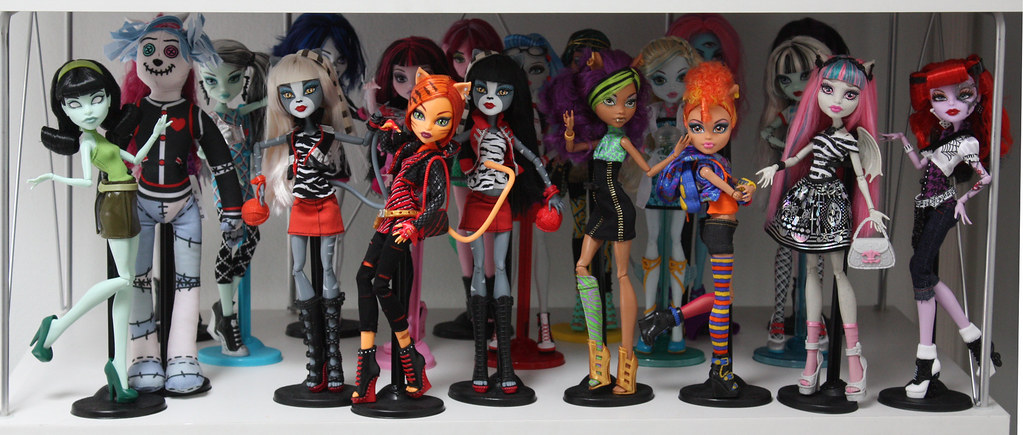
Enter Monster High. When the dolls dropped in 2009 ,they were a massive success, blowing both Bratz and Barbie out of the water. They were able to do so by studying what made the former two popular, focusing on a distinct cast of characters all with different skin textures and facial details. But pushed it to eleven by having even more dolls with even more personality. Which lead to more interpersonal drama and lore compared to previous doll lines. Going into the 2010s, Monster High had declared herself the new matriarch of the doll world.
The Fall
By the mid-2010s, the doll landscape was very different. For one Barbie and Bratz couldn’t afford to produce the movies and shows they had done prior, so that aspect of the franchises were gone. But most damning was the public treatment of dolls during the time period.
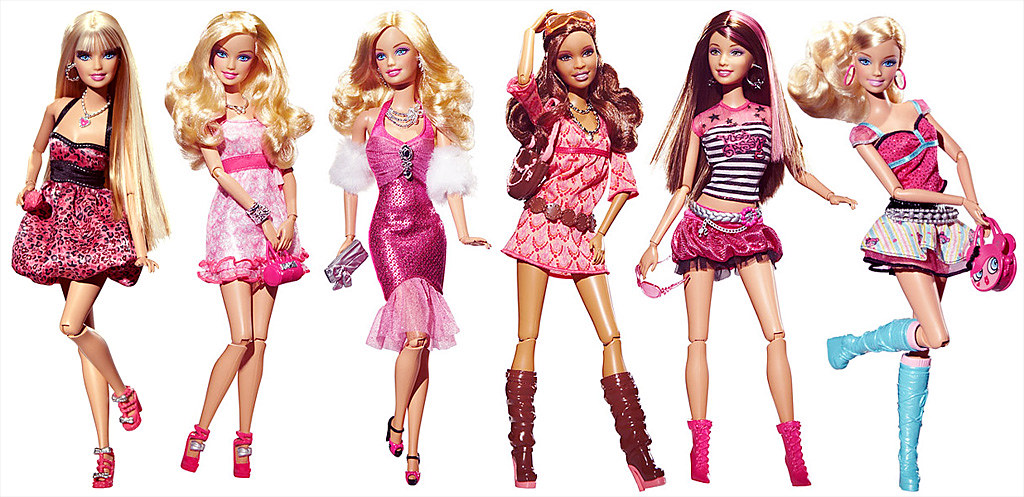
Bratz and Monster High around 2015 both tried to do a rereleased of their dolls where the girls were a lot less fashion-forward and aged down to be more “child appropriate.” But this only alienated the original fanbases. The gays did not want happy monsters, they wanted fierce fangs. So alas, Bratz and Monster High were forced to close their doors. Barbie was fine though; she just went back to the old thing. Truly the girlboss to end all other girlbossery.
The Revival
In 2020, murmurs were sent around the streets. Doll lines Rainbow High and L.O.L Surprise made a surprise breakthrough at the end of the decade. So it seemed that Bratz and Monster High were prepared to return. By 2022 they did, with new games, movies and dolls. And, everyone hates it…kind of.
monster high gen2 and gen3 feel so different pic.twitter.com/Pwx6SpXM68
— RiriMOON GIRL MAGIC (@Starlicous_) September 7, 2022
Seemingly not paying attention to what tanked the series only 5 years ago this wave is decidedly a lot less edgy than OG dolls. So, the main doll line for both has the characters a lot younger, and in Monster High’s case, a lot more focused on chasing your dreams. But that’s not inherently a bad thing, and there are some really cool additions. Monster’s High main character, Frankie Stein, is now canonically nonbinary. There are more mixed raced monsters, and the kiddos seem to be loving it so far.
There will also be two new lines produced of both Monster High and Bratz. One will be for the new generation, and the other will focused on continuing the original line for the older crowd.
And that’s pretty good. It shows that the dolls are being respected as artsy in the same way as some see Star Wars collectibles. And with these things, it’s important to recognize that each generation needs something that’s going to speak to them, and maybe they don’t need bratty plastic figurines to teach them not to hate themselves. Besides Barbie though, because at this point, Barbie will outlive the fall of man.

























